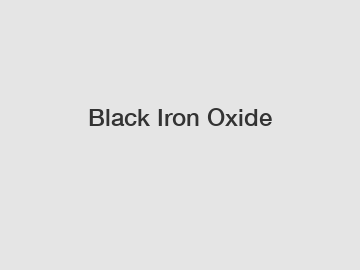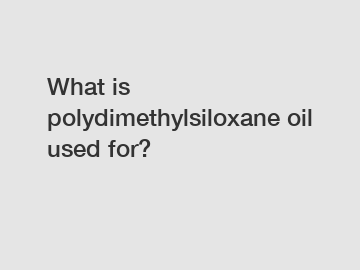What is the function of a crosslinking agent?
What is the function of a crosslinking agent?
Crosslinking agents play a crucial role in various industries, contributing to the enhancement of material properties and performance. These agents facilitate the formation of crosslinks between polymer chains, imparting strength, durability, and unique characteristics to the final product.
Nature of Crosslinking Agents
Crosslinking agents are compounds that establish bridges between polymer chains, creating a three-dimensional network within a material. These agents are typically molecules with multiple reactive sites capable of forming covalent bonds with polymer chains. The nature of crosslinking agents varies based on the specific application and the desired properties of the end product.
1. Chemical Composition
The chemical composition of crosslinking agents depends on the polymers they interact with. For example, in rubber vulcanization, sulfur is a common crosslinking agent. In the case of thermosetting plastics, melamine-formaldehyde and epoxy resins are frequently used. The diverse range of available crosslinking agents allows manufacturers to tailor materials to meet specific performance requirements.
2. Reactive Sites
The effectiveness of a crosslinking agent is determined by the number and nature of its reactive sites. These sites enable the agent to form bonds with the polymer chains, resulting in a network structure. The selection of a crosslinking agent with the appropriate reactive sites is crucial for achieving the desired material properties.
Function of Crosslinking Agents
Crosslinking agents serve a multitude of functions, depending on the application and the type of material being treated. Understanding these functions is essential for optimizing the performance of the final product.
1. Enhanced Mechanical Properties
Additional resources:How Does Modified Silanes Work?
How Does Organic Farming Work?
Key Questions to Ask When Ordering Sodium Cumenesulfonate Price
Nitrogen, hybrid, and electric cryosaunas
What is the application of Cas 6843-66-9?
10 Questions You Should Know about Di-(3-Ethoxy Silane Propyl)-Tetrasulfide and Carbon Black Mixture
How to Choose Modified Silicone Oils
One primary function of crosslinking agents is to improve the mechanical properties of materials. By forming a network of crosslinks, the material gains increased strength, toughness, and resistance to deformation. This is particularly important in the production of rubber products, where crosslinking enhances elasticity and durability.
2. Thermal Stability
In many applications, crosslinking agents contribute to the thermal stability of materials. The crosslinked structure helps prevent the breakdown of polymers at elevated temperatures, making the material suitable for use in demanding environments.
3. Chemical Resistance
Crosslinked materials often exhibit enhanced resistance to chemicals and solvents. This is advantageous in industries such as automotive and aerospace, where materials are exposed to a variety of harsh substances. Crosslinking provides a protective barrier, extending the lifespan of the products.
4. Control of Physical Properties
Crosslinking agents offer a means of controlling specific physical properties of materials. By adjusting the concentration of crosslinking agents or choosing agents with different reactivity, manufacturers can tailor the material to meet precise specifications, ensuring optimal performance in diverse applications.
Closing Thoughts
In conclusion, the nature and function of crosslinking agents are instrumental in shaping the properties of materials across various industries. The ability to manipulate the structure of polymers through crosslinking provides manufacturers with a powerful tool to achieve desired characteristics in their products. Understanding the specific requirements of each application and selecting the appropriate crosslinking agent is essential for optimizing material performance.
For more information on crosslinking agents and other materials, please feel free to contact us. As a trusted supplier in the industry, we are here to assist you in finding the right solutions for your unique needs.
5 Reasons Why Your Business Needs Zirconium Phosphate for Sale?
What is HPMC for Gypsum Plaster?
Exploring the Differences Between Silicone and PDMS
How to Choose Bifunctional Organosilanes?" - A Comprehensive Guide
What's the Best Type of Cryotherapy Chamber? (C-6)
MAGNESIUM - Uses, Side Effects, and More
Comparing Single-Phase vs Immersed Dielectric Coolants: Which is Better?








Comments
0